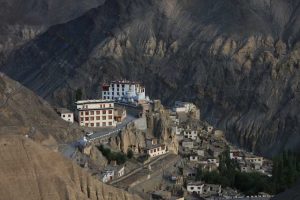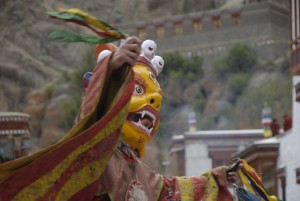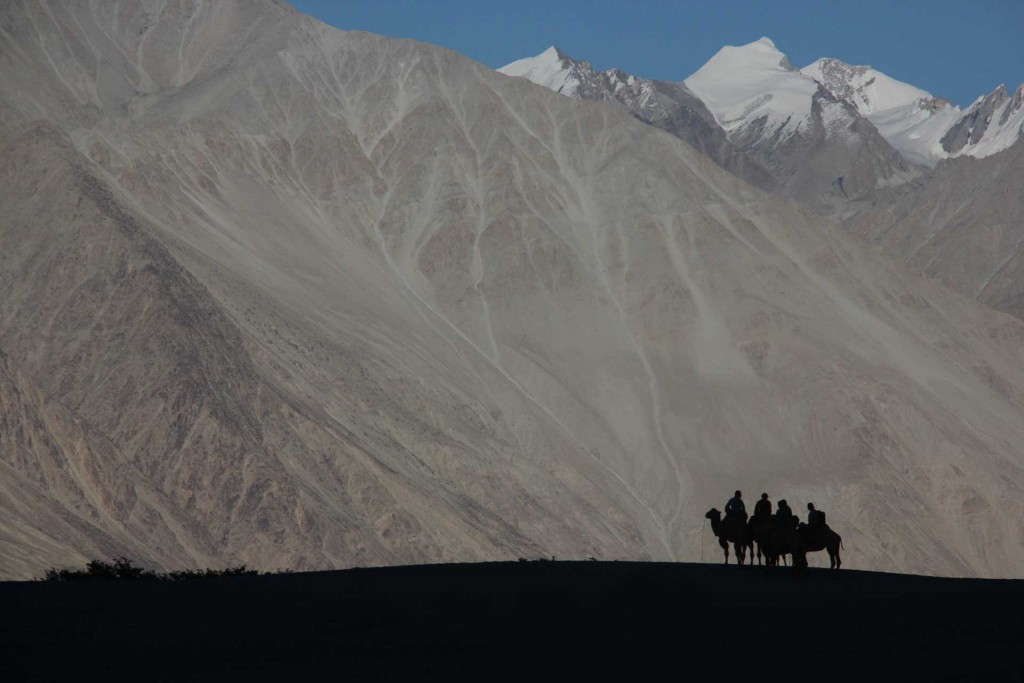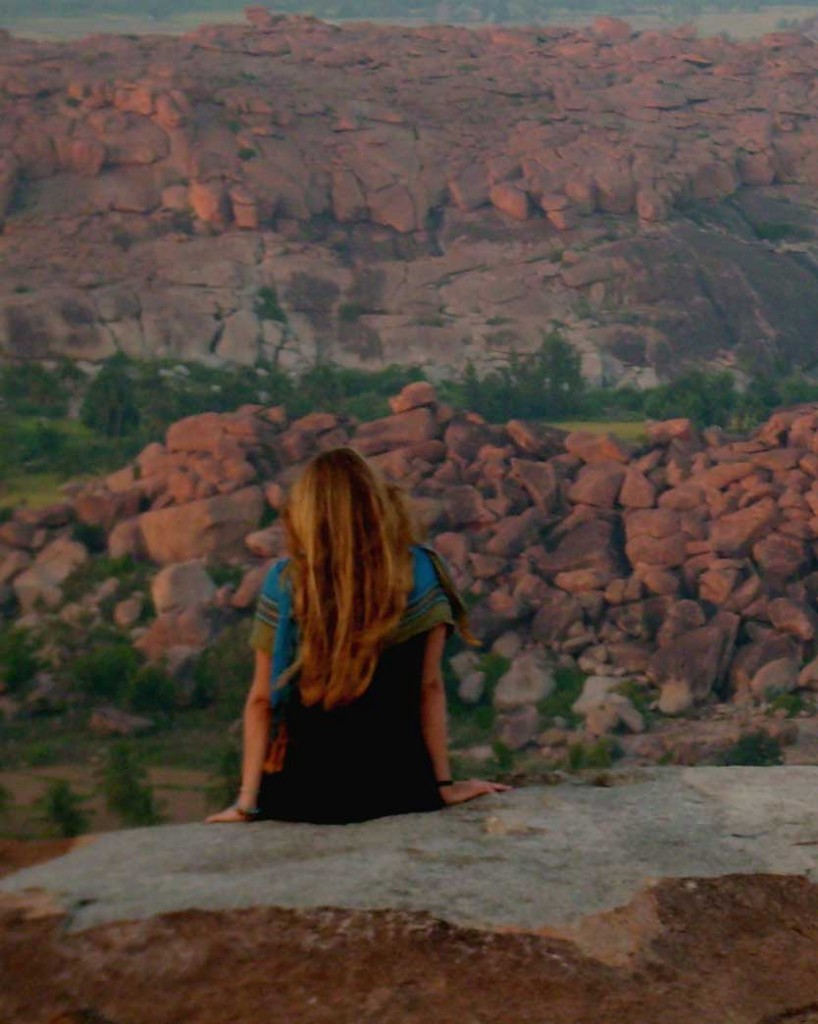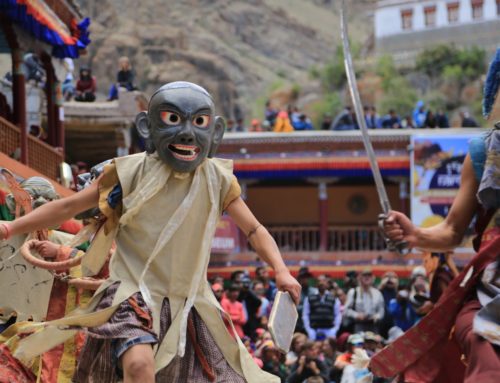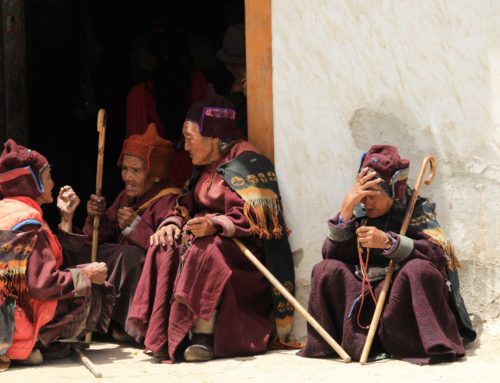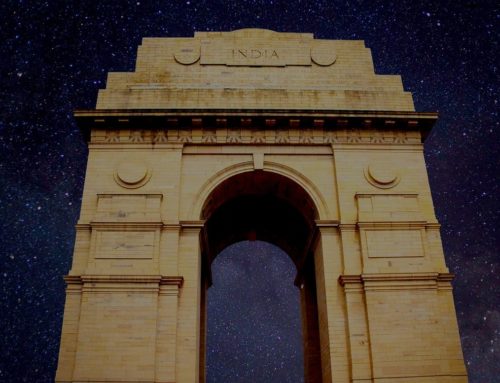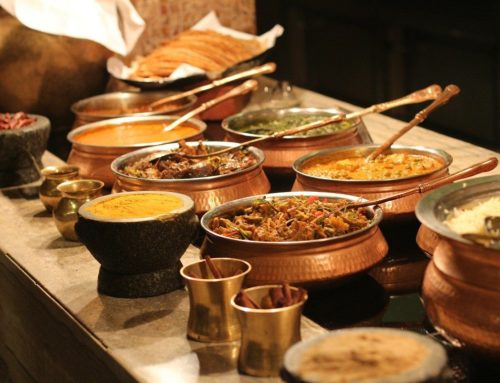![]()
Every Buddhist village in Ladakh has a cloister or a temple. There are so many that you don’t know where to start, or when to stop. In this post we tell you what monasteries you shouldn’t miss no matter what.
The Monasteries of Ladakh
There are many impressive monasteries in Ladakh – most of them outshine everything else in the village and are usually also great vantage points from where to enjoy beautiful sights. They are often architectural masterpieces, with both their facades and inner areas impressively decorated with wall paintings and wood carvings. It is very hard to say which monastery deserves more attention, as every site has their own special qualities and passionate fan club ;-). For this reason, this can never be a completely objective list.
![]()
Thikse
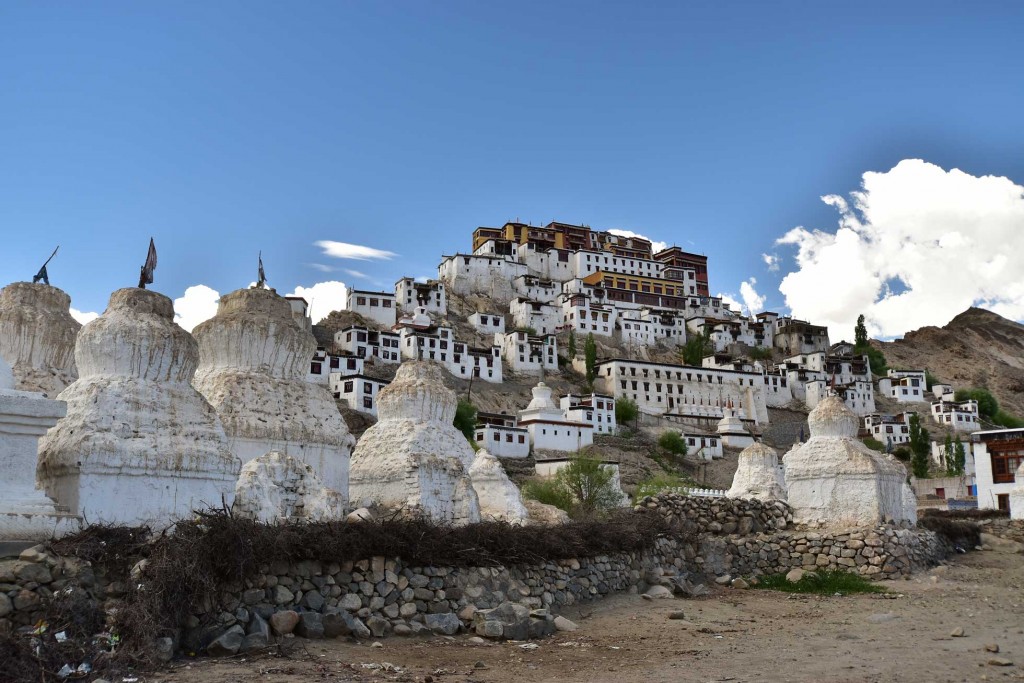
Thikse. Photo: Roland Amon
This 15th Century monastery belongs to the Gelugpa School of Tibetan Buddhism and is just 18 km from Leh. It is one of the most visited monasteries of Ladakh and one of the most photographed religious sites in the country.
We have selected it because of its particularly impressive location and the architectural similarity to Potala in Lhasa.
Every morning, an open Puja draws a multitude of pious people in.
The Monastery Festival usually takes place in November, and the presence of foreign visitors is scarce. (Link: Monastery festivals 2016 and 2017)
Hemis
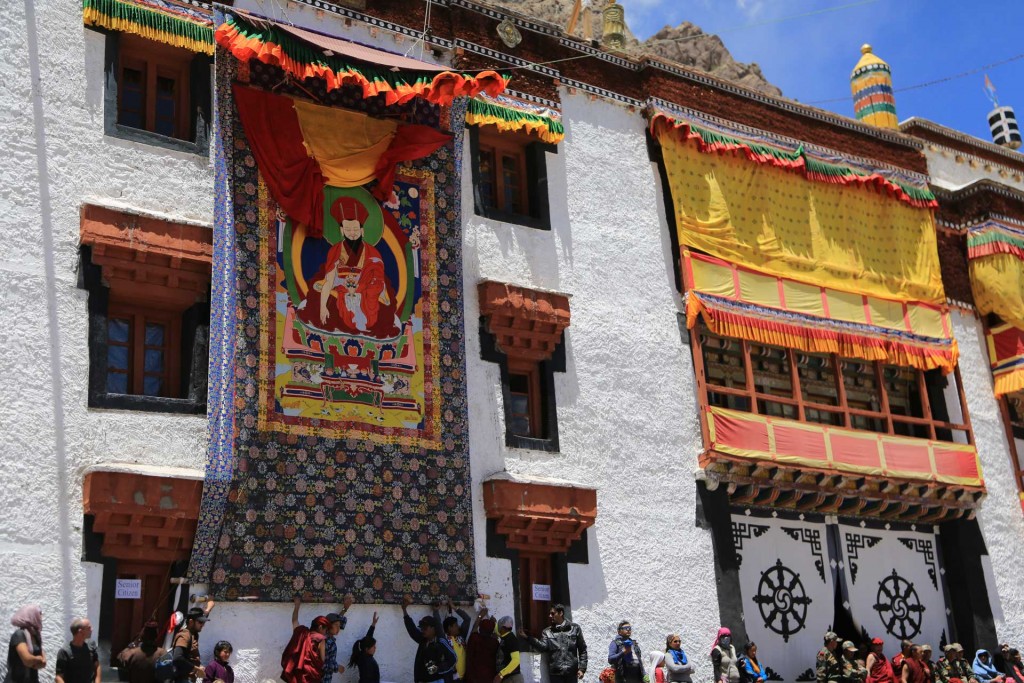
Hemis Monastery during Hemis-Festival
Hemis is located about 40 km southwest of Leh in a side valley. Its secluded location is also the reason why this Drukpa monastery was spared most of the looting during the last centuries.
Hemis is in our list, among other things, due to its ancient and valuable treasures, which are permanently taken care of and exhibited inside.
The Hemis Monastery Festival is held annually in June or July and attracts many tourists. (Check also: Hemis Festival: What is it about? and the Hemis-Festival Program for 2016)
Alchi

Entrance to the Manjushri-Temple in the Alchi-Complex
Alchi is 70 km away from Leh. The first sections of the complex were built in the 11th century, and the complex belongs, along with the Mangyu and Sumda Chun monasteries, to the “Alchi group”, characterized by a very special constructionol style and ornamental elements. In contrast with the other Ladakhi monasteries, inspired mainly by the Tibetan style and technique, the influence of Kashmir is very clear in Alchi.
The elaborate wood carvings, enormous statues of Buddha, and detailed painted murals are especially impressive.
However, any form of photography or video recording is strictly prohibited in the temple premises. This ads to the Museum-like character of Alchi, which stopped being a “living monastery” a long time ago
Lamayuru
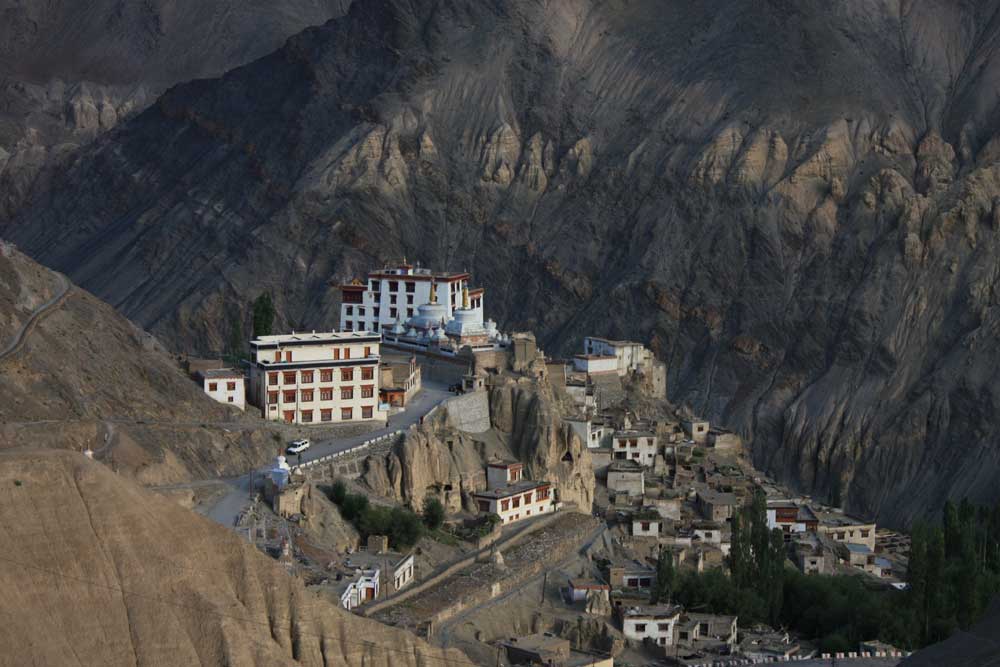
Lamayuru
We have included this monastery, located at about 100 km west of Leh, due to the awe-inspiring scenery that surrounds it: the very uncommon lunar landscape of Lamayuru. This Drikung-school temple is perched high above its village. The oldest part of the monastery dates from the 11th century (Singe Lhakhang). However, there are some historians (e.g. Francke) who think that Lamayuru was a Bon monastery before the arrival of Buddhism.
The Lamayuru Monastery Festival usually takes place in June.
These four monsteries give a pretty good overview of the monasteries of Ladakh, and three of them also represent the main Buddhist schools of the region: Gelugpa, Drukpa and Drikung. But of course, there is still much more to discover.
Anybody who wants to see, for example, one of the few Sakya monasteries, should visit the one in Matho, while those interested in one of the oldest schools of Tibetan Buddhism – the Nyingmapa school – can’t help but go to the monastery Thaktok in Sakti. There is also a cave there, where the Guru Padmasambhava is said to have meditated
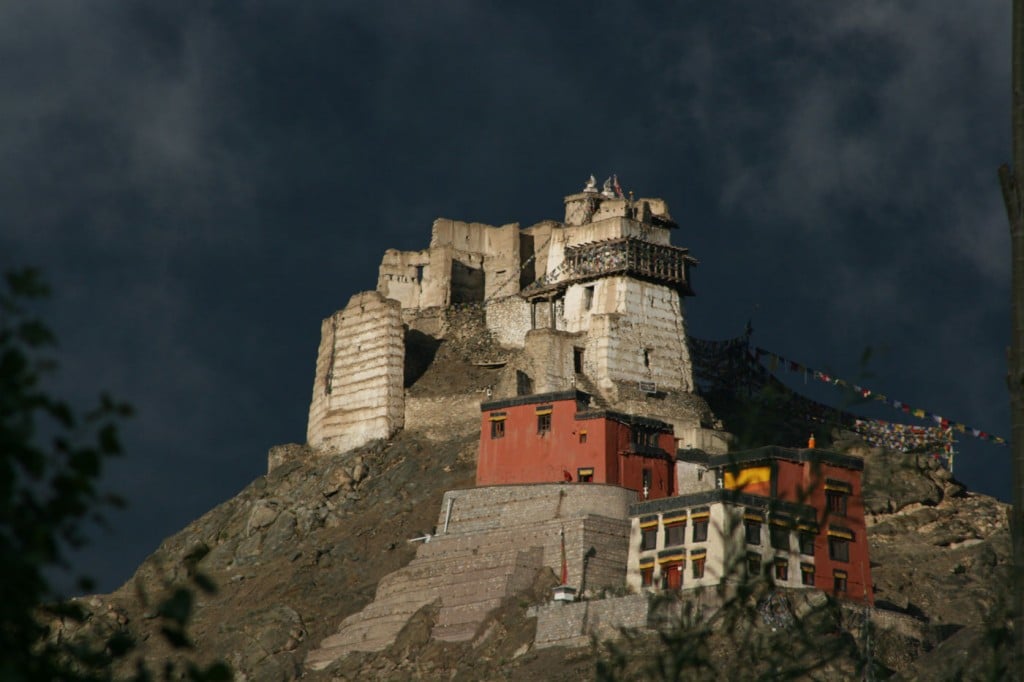
Tsemo – above Leh-Palace – perched high above the capital of Ladakh
Two temples in Leh are particularly worthy of attention: the temple complex of Tsemo, above the royal palace, and the hidden convent of Samkhar, in the northern area (which can be visited only in the afternoon). Near Leh are also the highly recommended Phyang, Spithuk, Chemde and Stagna. Then, in the upper Indus: Likir, Basgo, Ridzong.
In Nubra one should always make time for a visit to the monasteries in Samstanling and Diskit.
Zanskar has much to offer as well: the rock monastery of Phuktal is particularly outstanding for its architecture, which resembles an eagle’s nest. For other unusual or interesting monasteries in the area, check out our blog post: The 10 most beautiful places in Zanskar.
In Changthang, the monasteries of Shachukul and Nyoma are especially worth mentioning.
As you can see, whoever declares themselves a monastery aficionado can easily spend several weeks in Ladakh.
Before we finish, we’d like to give you a small tip. Anyone interested in Buddhism and its monasteries, should also find the time to visit one of the nunneries of Ladakh. For example, the one at Nyerma, next to Thikse, or Chulichan, before Ridzong. They are very simple and can’t compete with the historical, artistic and architectural highlights of the more known cloisters, but nevertheless it is our opinion that they deserve the attention, because it is also interesting to see the contrast with the male-dominated monasteries. And of course, whoever feels so inclined can perhaps even leave a small donation. 😉
Want to read more of our blogs? Then follow us on our Social Media Channels!!
[tg_social_icons style=”light” size=””]
Interested in Ladakh’s monastery culture?
[tg_program title=”Basics of Ladakh” place=”Cultural trips with dayhikes“]Our starter’s travel for those who do not know Ladakh and would like to visit the classic highlights and some insider spots within a relatively short time. Impressive dayhikes put the little extra to this marvelous tour.
On date request also possible for single persons
Best time: June-October[/tg_program]
[tg_program title=”Mystic Ladakh” place=”A travel to the spiritual roots“]During this tour you are not only visiting monasteries but also special spiritual places and people like oracles, shamans and healers, who have a deep connection to their religion and important functions.
On date request also possible for single persons
Best time: June-October[/tg_program]
If you prefer to trael individually and have your very own ideas, get in touch with us. We’d love to organise your tailor-made trip:
[contact-form-7 id=”2829″ title=”contact”]
